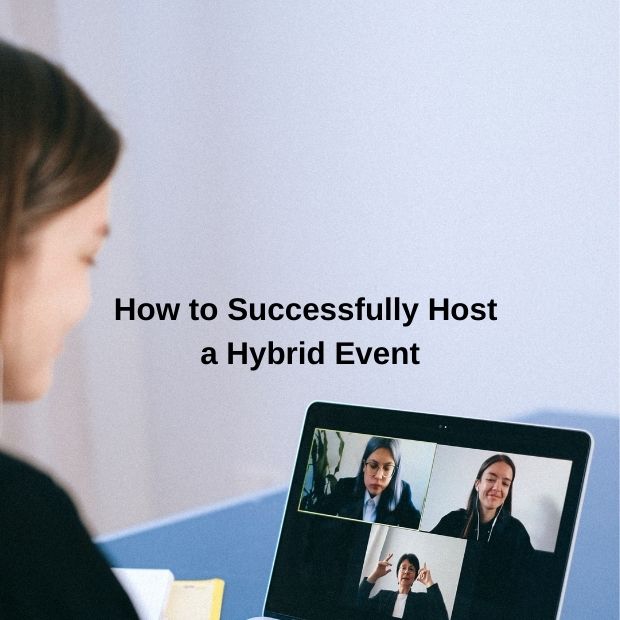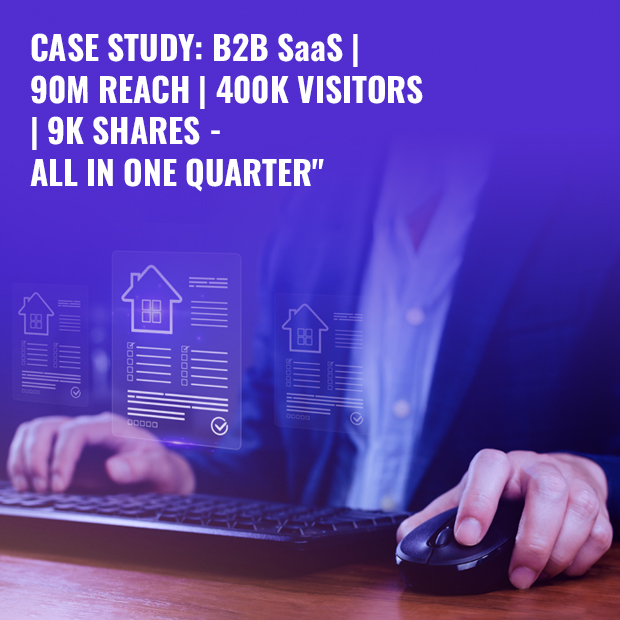
How to Successfully Host a Hybrid Event
Although virtual events are now commonplace and can be highly effective in reaching your target audience, nothing beats the face-to-face connection of in-person events. Organizers of virtual events and attendees alike are digitally drained. We’re hearing from both sets of constituents that they can’t wait to get back to in-person events.
It’s not a question of if they are coming; it’s a question of when they are coming, and in what form are they coming? This will depend on several circumstances, such as the speed of the vaccine rollout, safety thresholds of hosting organizations and hosting venues, and local market conditions.
Timelines may vary, but one thing is certain: hybrid events – a combination of virtual and in-person event experiences – are on the horizon.
While we don’t have a definitive roadmap, we are already beginning to see small in-person events, and the industry is optimistic that recovery will fully commence in Q3 and Q4 of 2021. Of course, live events will not immediately bounce back to pre-Covid conditions but will begin more slowly and will start as hybrid events.
Hybrid events are a unique event type that requires a different planning process from a fully virtual or fully in-person event. Here are a few key considerations for safely and successfully producing and operating a hybrid event:
Determine your audience mix
It’s important to understand the demographics of your audience and what percentage will be attending in-person vs. virtually. If necessary, poll your potential audience to determine the comfort level of attending in-person. Invite key groups that make sense to meet physically, such as local/regional participants or teams where in-person collaboration and team building is critical to business success. Initially, start with a smaller in-person audience (and a larger virtual audience) to provide a greater sense of safety and security and more personalized service. A smaller in-person group will allow you to ensure that you meet the proper capacity limits for your in-person guests. Remember, you’ll want to get it right the first time.
Define your strategy, format and timing
What content should be offered to both audiences and what should be unique to each group? Keep in mind that a virtual audience has a more limited attention span than an in-person audience. Find a mix that works for each. Perhaps general sessions are offered live to both audiences – in-person and streamed virtually – while breakouts are attended in-person but can be offered on-demand for the virtual audience.
Think tech
Planning for virtual events has made us embrace new technologies, and hybrid events will push us even further. Utilize technology to bridge the gap between your in-person and virtual audiences. For example, select a virtual platform that has a downloadable app so the in-person and online audiences can participate and interact together. Stream remote attendees to smaller live roundtable sessions. Build and update your platform/event website with important details and source a texting platform for real-time communications and polls.
Vet your live venue
When sourcing an in-person meeting destination and venue, safety and security should be paramount. Consult convention and visitors’ bureaus and travel partners for local updates and work closely with your hotel reps to ensure that the optimum health, safety and sanitation protocols, room layouts and capacity limits are met. Inquire as to what other groups are being hosted at the same time so that you can plan to avoid unnecessary interaction. Also, ensure the property has enough bandwidth for the technology you are utilizing such as the event app that may need to be downloaded by all attendees.
Enlist separate planning teams
In-person and virtual meetings have different logistical needs. In-person events will have food and beverage requirements and meeting room layouts, while virtual events will have platform specifications and production requirements to coordinate, to name just a few. Have a dedicated planning team in place for each that integrates as an overall group to ensure common goals are met and all audiences are informed and engaged.
Create a cohesive theme
There may be two separate audiences attending, but the entire meeting should have overarching goals and a central event identity. All event graphics and attendee communications should share a cohesive theme and brand.

Budget appropriately
Hybrid events are essentially two meetings wrapped into one that carry separate cost elements. When developing your event budget, make sure that the expenditures of both the virtual and in-person components are factored into the equation. The good news is that hotels are anxious to welcome back in-person events and are offering deals, discounts and incentives to encourage bookings. A hybrid event can also increase your sponsor dollars. See below!
Rethink your sponsorships
Hybrid events offer even more ways to showcase your sponsors. There are digital opportunities in the virtual setting and more traditional offerings such as signage and hosted events in-person. Get creative with your sponsor benefits and incorporate all available opportunities into your sponsor packages.
Communicate, communicate, communicate
A clear, transparent, and effective communications plan is critical to the success of your hybrid meeting. Stay aware and updated on local conditions and any changes in travel or hotel policies to keep all stakeholders (attendees, vendors, partners) informed. Publish all policies and procedures on your event website, distribute know-before-you-go communications and provide text updates as necessary during the event.
Stay nimble
Planners were flexible before Covid, but now we’re nimbler than ever. And as the landscape continues to shift and evolve, we must continue to move with it. From negotiating the most favorable cancellation terms and monitoring contract gateways to developing a solid emergency response plan for our programs, we must be able to adjust on our feet. The more adaptable and resilient we become, the more geared for success we will be.
As we look to the next normal, hybrid events will be our go-to. With strategy and careful planning, hybrid events can address the changing needs of your audience, broaden your reach, increase engagement—and maximize your ROI.
This article was originally published on the Public Relations Global Network, here.









